How to Choose the Right Meat Rendering Machine for Your Business: Tips and Insights
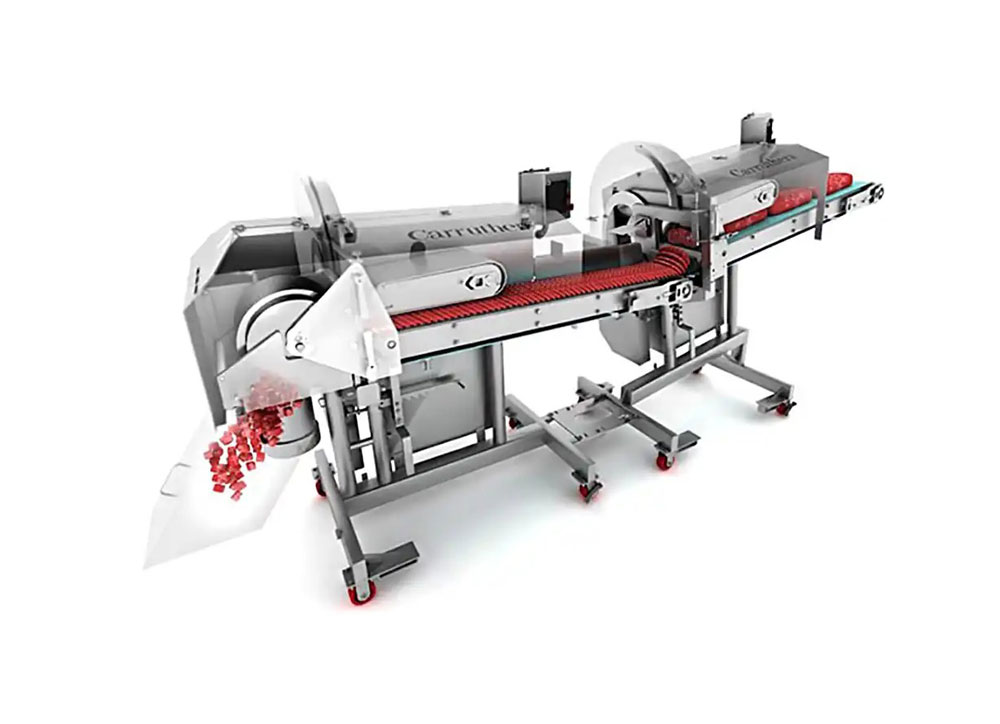
Meat rendering is a crucial process in the food, agricultural, and bioenergy industries. It involves converting animal by-products, such as fat, bones, and offal, into valuable materials like tallow, grease, and protein meals. The machine at the heart of this transformation is the meat rendering machine, a sophisticated piece of equipment designed to handle this task efficiently and hygienically.
In this comprehensive guide, we will explore what meat rendering machines are, their working principles, types, benefits, and how to choose the right one for your needs. Additionally, we'll provide insights into maintenance, cost considerations, and the latest technological advancements in rendering equipment.
What is a Meat Rendering Machine?
A meat rendering machine is specialized equipment that processes animal by-products through heat, pressure, and mechanical separation. The primary goal is to extract usable fats and proteins while minimizing waste. The end products are utilized in various industries, including:
- Food production: Ingredients in animal feed or edible fats.
- Bioenergy: Raw materials for biodiesel.
- Cosmetics and pharmaceuticals: Basis for soaps, lotions, and capsules.
How Does a Meat Rendering Machine Work?
1. Raw Material Collection and Preparation
The process begins with collecting raw materials such as animal fat, offal, bones, and scraps. These materials are often pre-ground to reduce size and improve the efficiency of the rendering process.
2. Cooking
The raw materials are subjected to high temperatures to break down cellular structures. Cooking typically takes place in a rendering cooker, which can be batch or continuous.
3. Separation
The cooked material undergoes mechanical separation to isolate fats, proteins, and moisture. Centrifuges and presses are commonly used for this purpose.
4. Drying and Final Processing
The remaining solid materials are dried to create protein meals, while the extracted fats are filtered and refined.
5. Packaging and Storage
Finished products are packaged and stored under controlled conditions for distribution.
Types of Meat Rendering Machines
1. Batch Rendering Machines
- Ideal for small-scale operations.
- Allows more control over each batch.
- Processes a specific quantity of raw material at a time.
2. Continuous Rendering Machines
- Designed for large-scale, uninterrupted operations.
- Offers higher efficiency and throughput.
- Often used in industrial rendering facilities.
3. High-Temperature Rendering Machines
- Operates at temperatures above 100°C.
- Suitable for producing sterilized and refined outputs.
4. Low-Temperature Rendering Machines
- Processes materials at lower temperatures to retain more nutrients.
- Commonly used for high-quality protein meals.
Key Features to Look for in a Meat Rendering Machine
Capacity
- Match the machine's capacity with your production needs.
Material Quality
- Choose machines made of durable and corrosion-resistant materials like stainless steel.
Automation
- Automated systems enhance precision and reduce labor costs.
Energy Efficiency
- Look for energy-saving designs to minimize operational costs.
Hygiene and Safety
- Machines should meet industry hygiene standards and have built-in safety mechanisms.
Customizability
- Many manufacturers offer customizable options to cater to specific processing requirements.
Benefits of Using a Meat Rendering Machine
1. Waste Minimization
Converts animal by-products into valuable products, reducing environmental impact.
2. Cost-Effectiveness
Generates revenue from by-products, offsetting operational costs.
3. Improved Hygiene
Modern machines are designed to handle materials hygienically, ensuring food safety.
4. Resource Optimization
Extracts maximum value from raw materials by recovering fats and proteins.
5. Scalability
From small-scale to industrial operations, rendering machines cater to various production levels.
Key Applications of Meat Rendering Machines
- Animal Feed Production: Producing protein meals used in livestock and poultry diets.
- Biodiesel Industry: Extracting fats for biofuel production.
- Food Manufacturing: Edible fats for cooking oils and margarine.
- Industrial Uses: Raw materials for soaps, candles, and lubricants.
How to Choose the Right Meat Rendering Machine
Define Your Needs
- Identify the volume and type of by-products you'll process.
Budget Planning
- Consider the initial cost and long-term operational expenses.
Supplier Reputation
- Opt for reliable suppliers with positive reviews and good after-sales service.
Compliance
- Ensure the machine adheres to local and international regulations.
Maintenance Requirements
- Choose machines with straightforward maintenance and easily accessible spare parts.
Maintenance Tips for Meat Rendering Machines
Regular Cleaning
- Prevent material buildup and bacterial growth by cleaning after each use.
Inspect Components
- Regularly check blades, motors, and seals for wear and tear.
Lubrication
- Keep moving parts well-lubricated to reduce friction and extend lifespan.
Software Updates
- Update software for automated machines to maintain performance and security.
Professional Servicing
- Schedule annual servicing by qualified technicians to address complex issues.
Cost Considerations
Initial Costs
- Entry-level machines: $10,000–$30,000.
- Industrial-grade machines: $100,000 and above.
Operational Costs
- Energy consumption, labor, and maintenance costs should be factored into your budget.
Long-Term Savings
- Revenue from by-products can offset initial and operational expenses.
Technological Advancements in Meat Rendering Machines
Smart Systems
- IoT-enabled machines allow real-time monitoring and remote operation.
Energy Recovery
- Advanced designs capture and reuse energy for greater efficiency.
Eco-Friendly Designs
- Machines with lower emissions and waste management systems.
Final Thoughts
A meat rendering machine is more than just equipment—it's an investment in efficiency, sustainability, and profitability. By choosing the right machine, maintaining it properly, and staying updated on industry advancements, you can optimize your operations and achieve long-term success.
Whether you're a small-scale producer or managing an industrial facility, this guide provides the insights you need to make an informed decision. Start exploring the possibilities today and unlock the full potential of meat rendering technology!
FAQ
1. What are the primary uses of a meat rendering machine?
Meat rendering machines are used to convert animal by-products into usable fats and proteins, which are utilized in animal feed, biofuels, and industrial applications.
2. How much does a meat rendering machine cost?
Prices vary widely based on capacity and features, ranging from $10,000 for small-scale machines to over $100,000 for industrial systems.
3. Are meat rendering machines eco-friendly?
Yes, modern machines are designed to minimize waste and emissions, making them environmentally friendly.
4. What is the lifespan of a meat rendering machine?
With proper maintenance, these machines can last 10–20 years or more.
5. Can meat rendering machines process all types of animal by-products?
Most machines are versatile but may require customization to handle specific materials effectively.
Must-Read Blogs For Chain Restaurants Owner

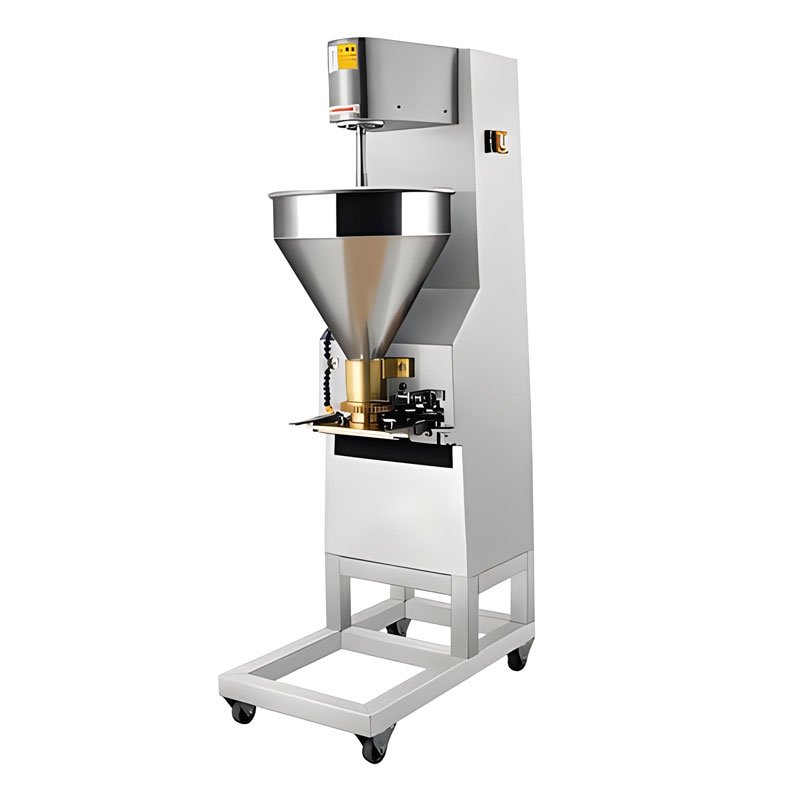
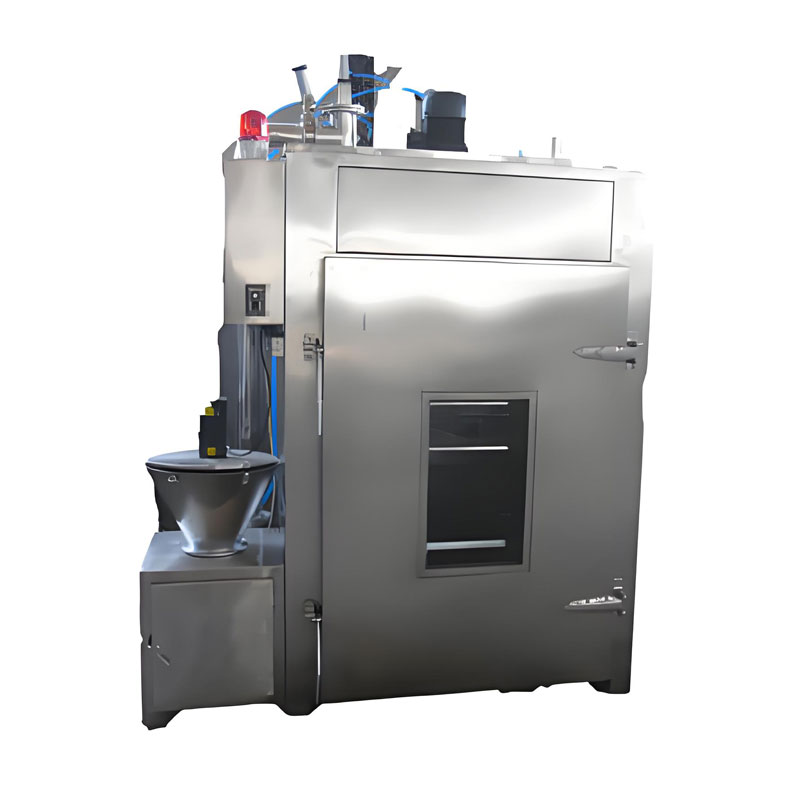
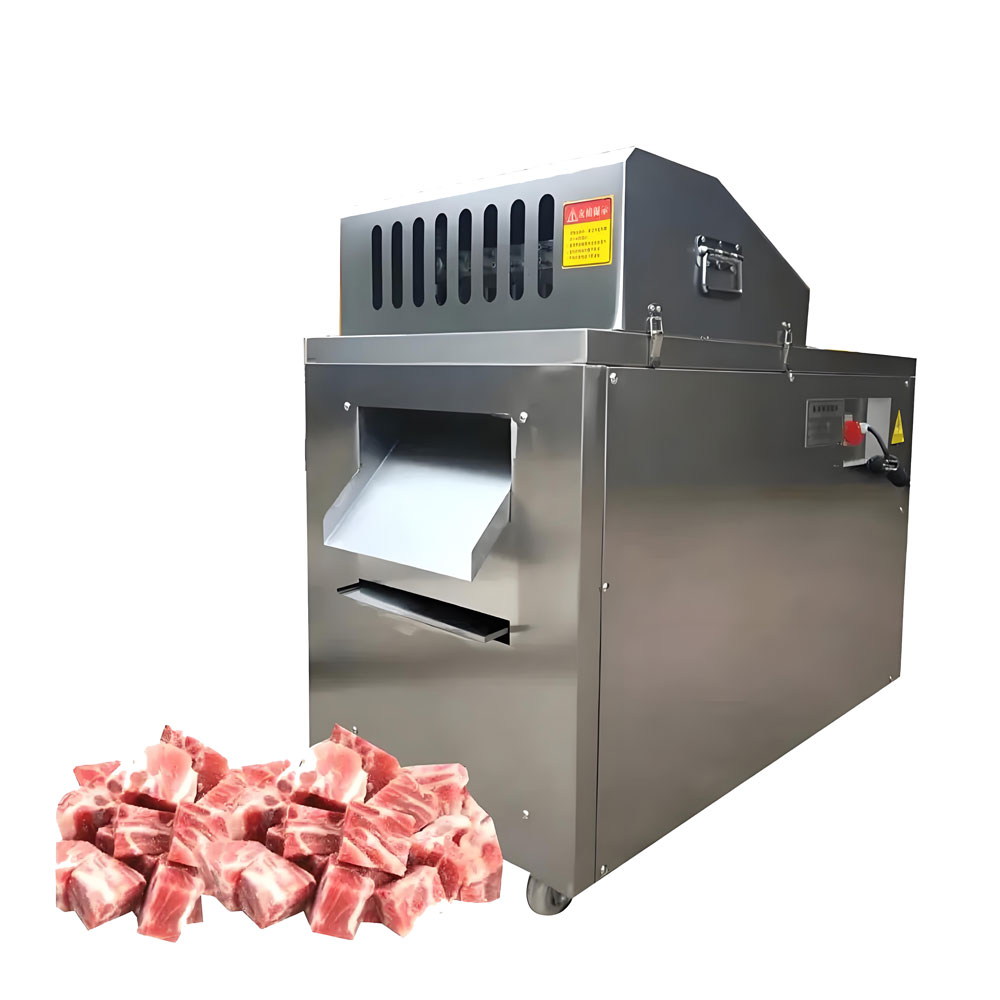
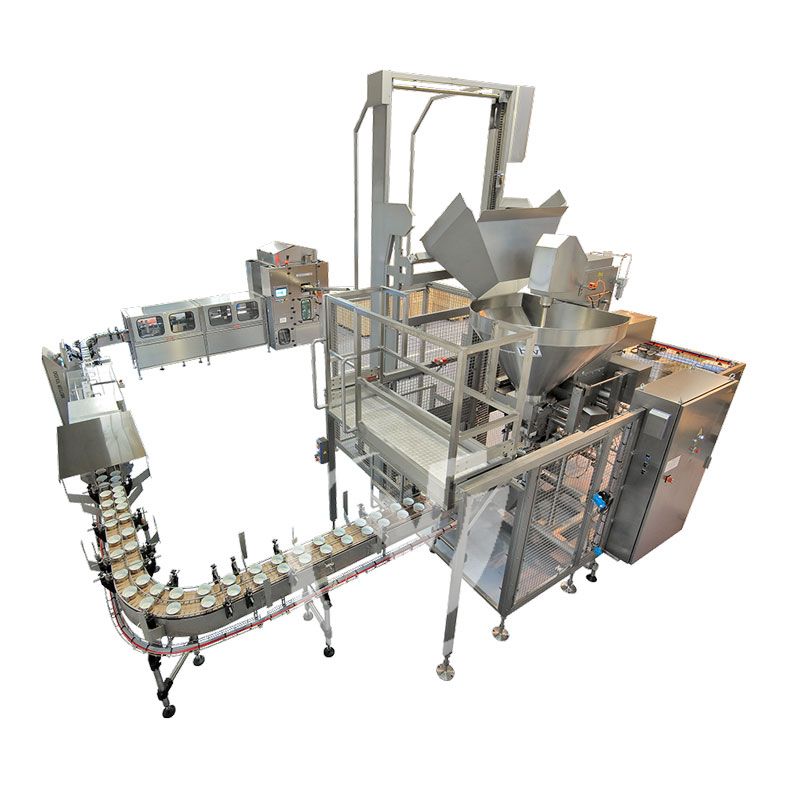

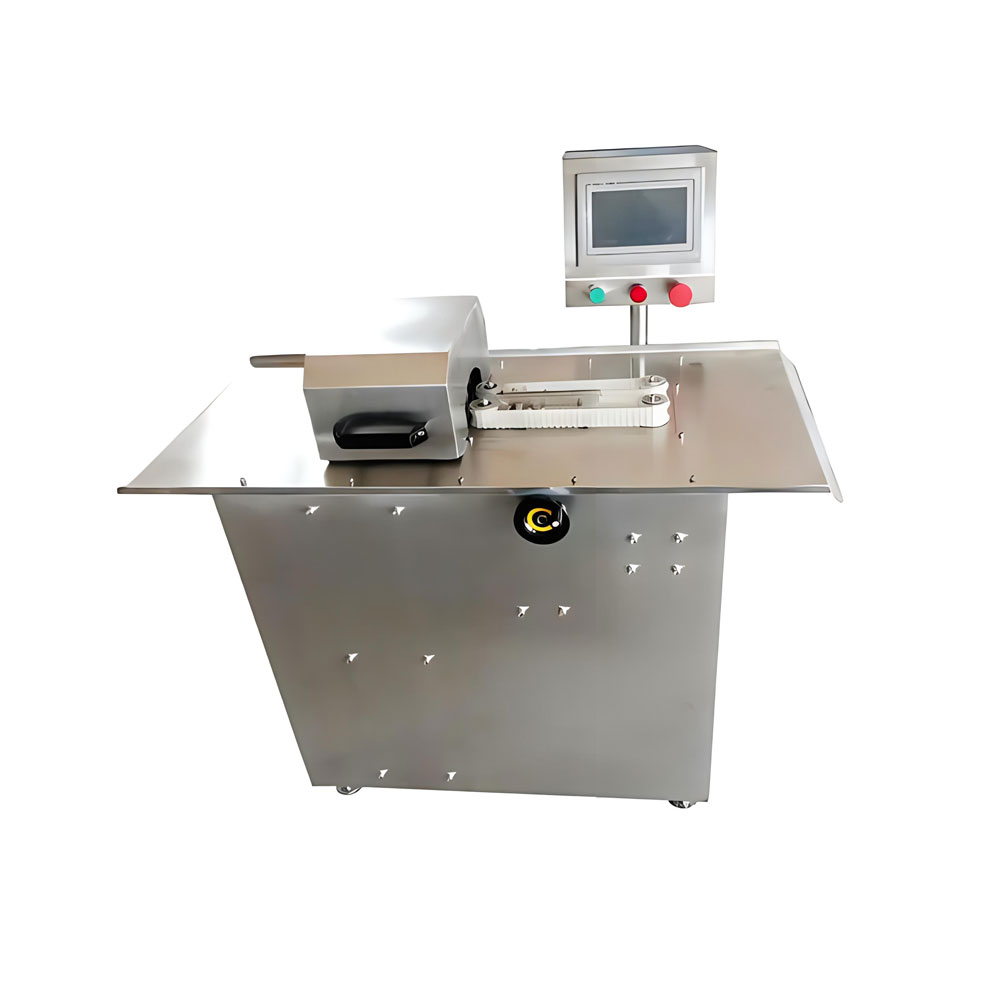
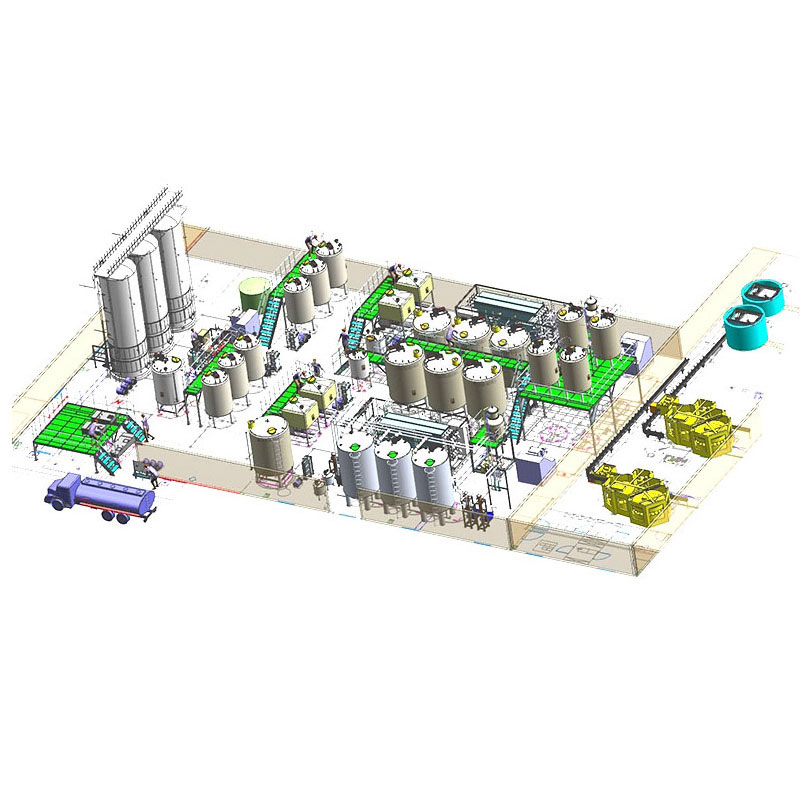
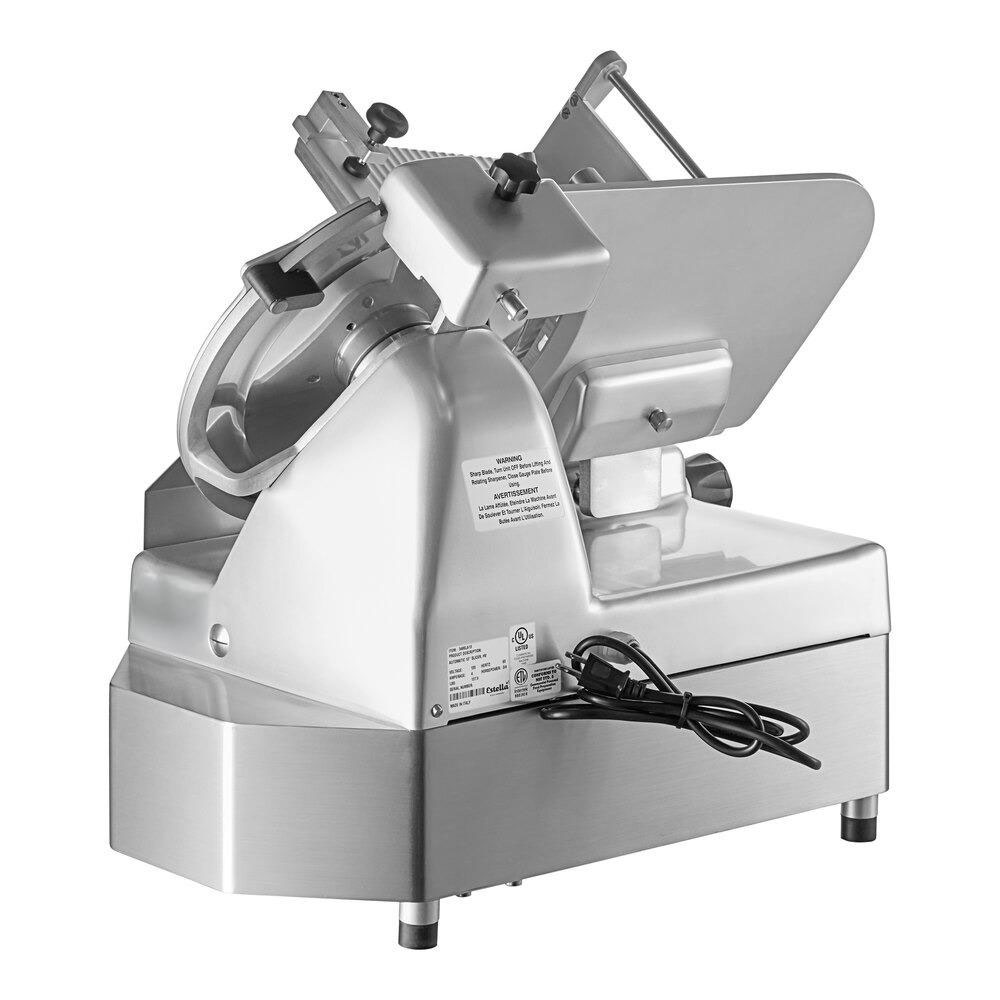
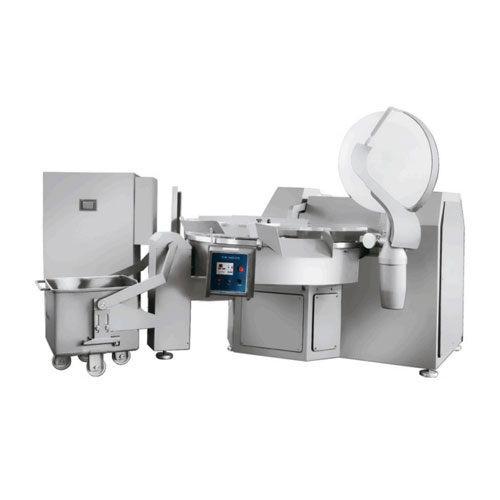
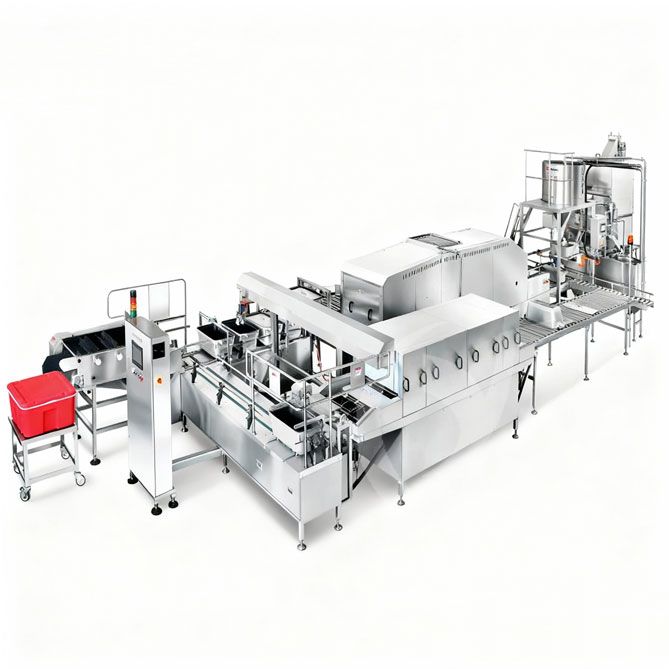
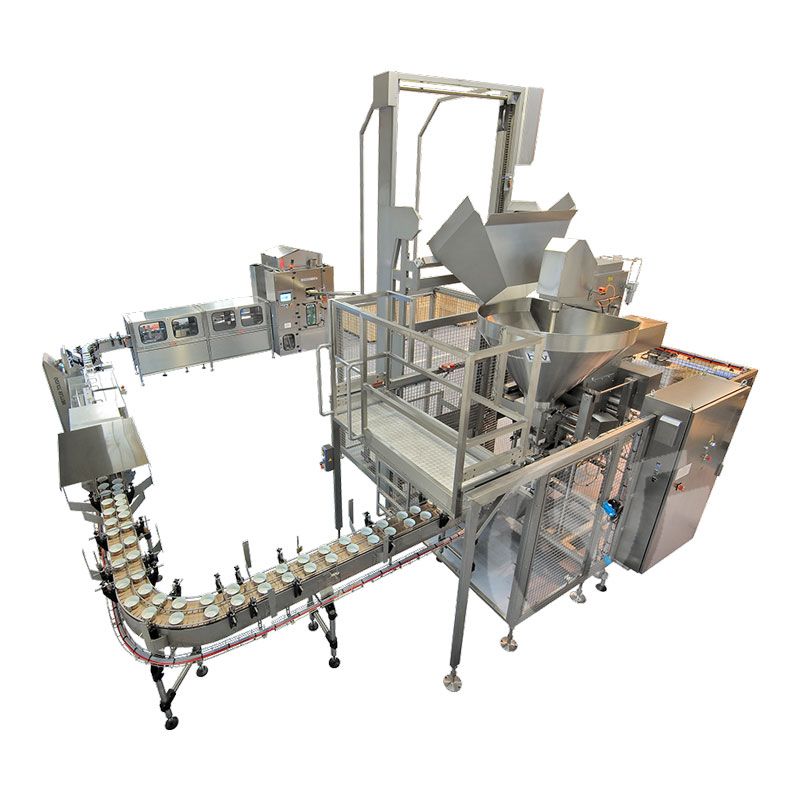 Meat Canned Food Production Line
Meat Canned Food Production Line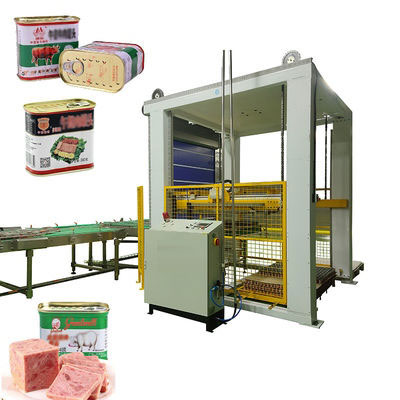 Canned Meat Production Line
Canned Meat Production Line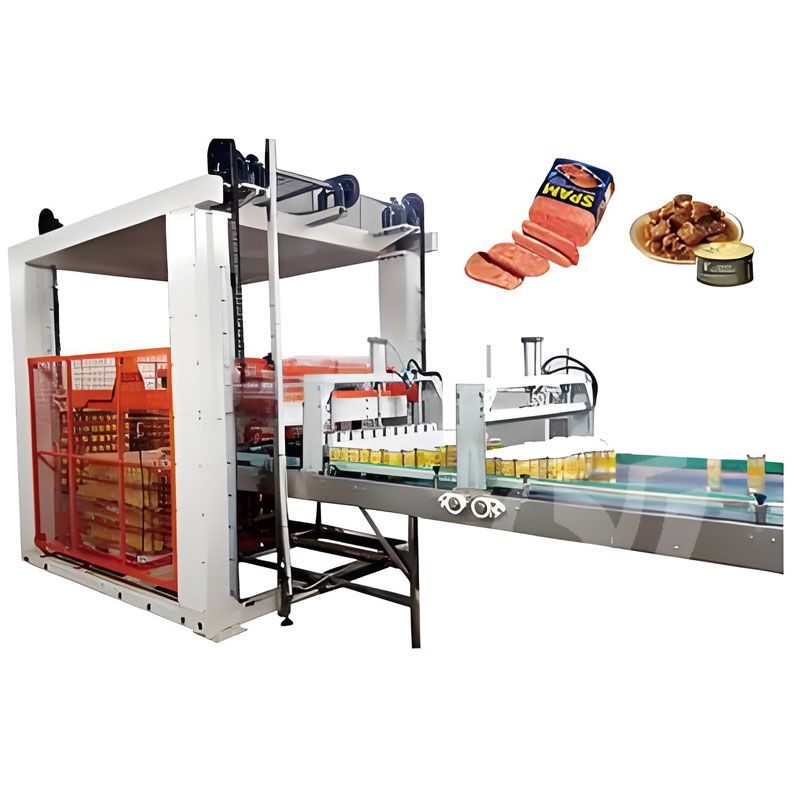 Canned Luncheon Meat Production Line
Canned Luncheon Meat Production Line
Ready to Get Started?